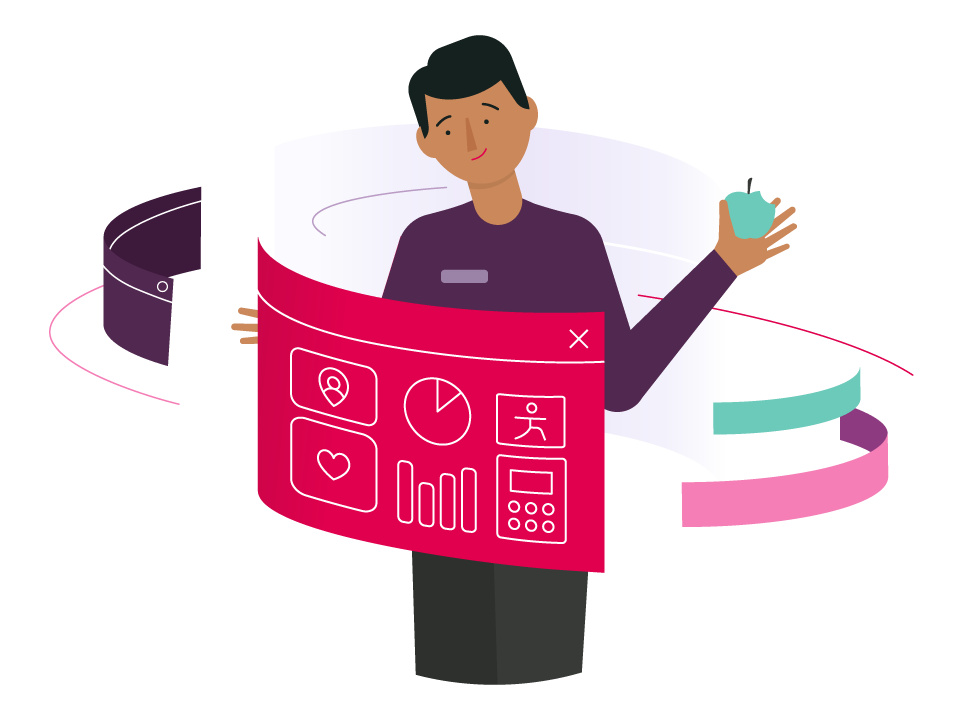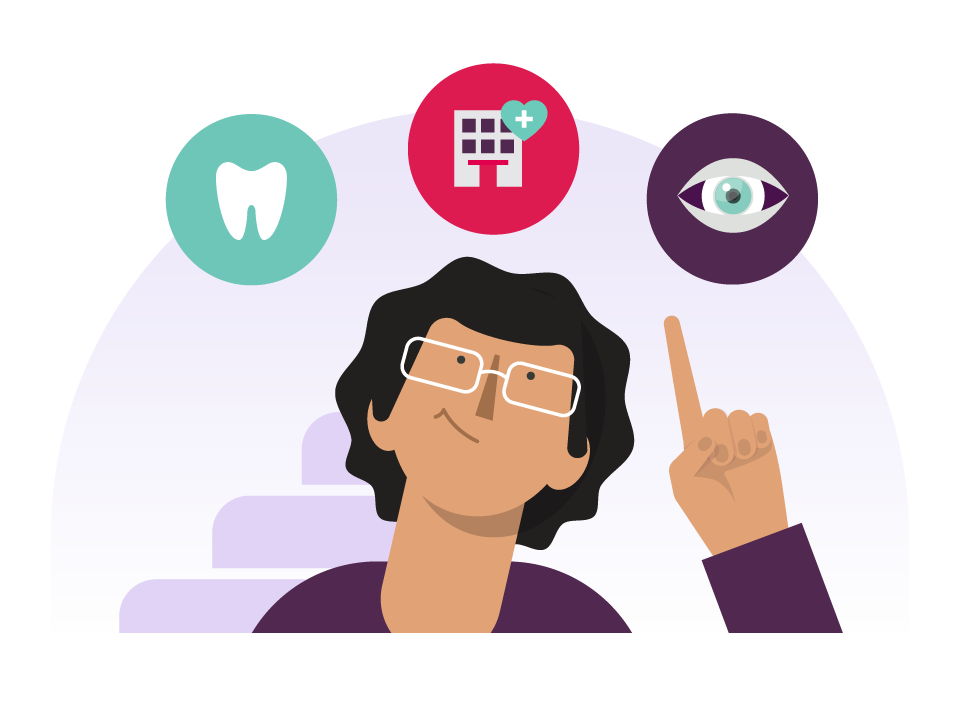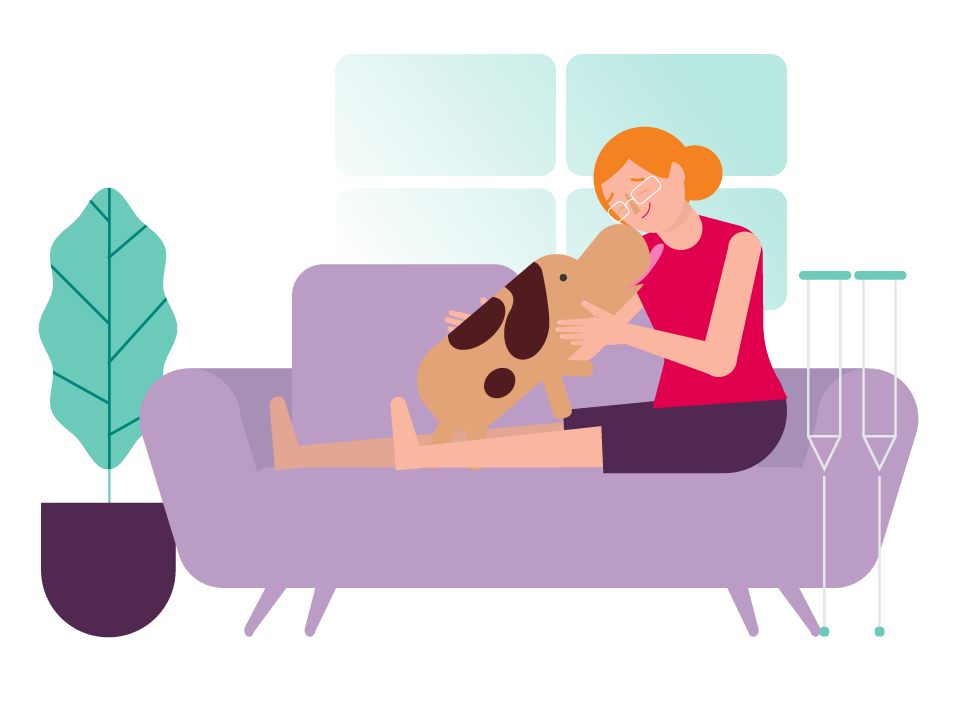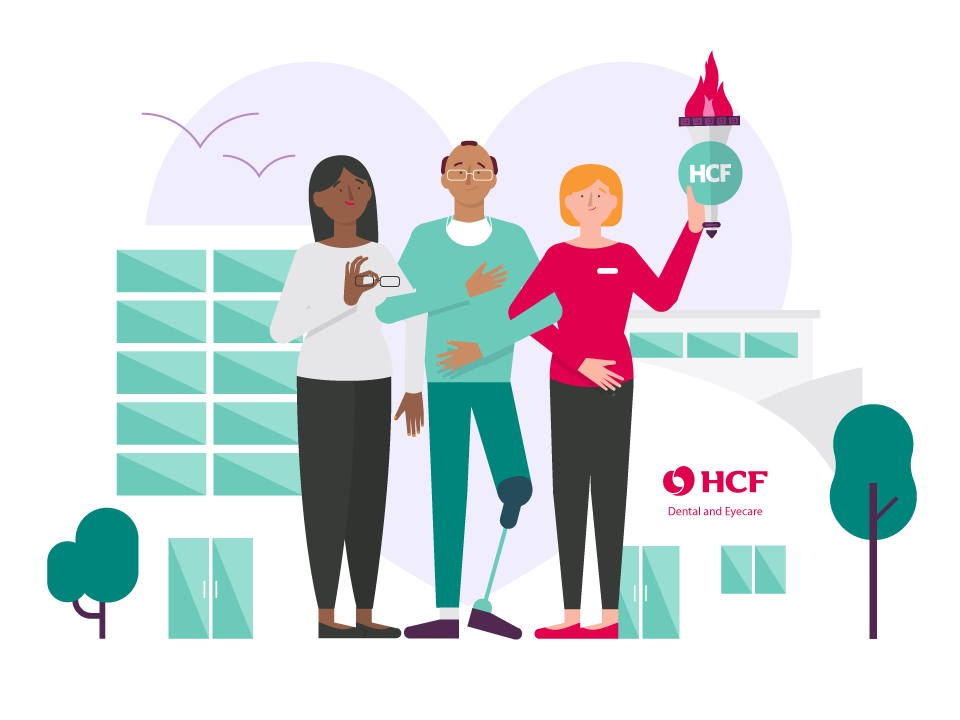Breast cancer screening is something every woman needs to consider.
Australian women can access a free national breast cancer-screening program called BreastScreen Australia. Women aged 50–74 are invited to have a free mammogram every 2 years. Women aged 40–49 and over 74 can also be screened free of charge, but aren’t sent invitation letters. If you’re outside of the 50–74 age group but you want to have a mammogram, talk to your GP about whether breast cancer screening is suitable for you.
Why have a screening mammogram?
More than 75% of breast cancers occur in women aged over 50. Eighty-five per cent of them have no family history of breast cancer. For every 1,000 women who have a screening mammogram every 2 years between the ages of 50 and 74, around 8 deaths will be prevented.
Breast screening is a proven way to detect breast cancer early, before you can detect it yourself. Regular breast cancer screening increases the likelihood of detecting breast cancer early. This increases the likelihood of more effective and sucessful treatment.
Screening mammograms aren't normally recommended for women aged under 40 because the denser composition of their breasts makes it difficult to see cancer on an x-ray.
Of course, breast cancer can still occur between screening mammograms, so it’s important to regularly examine your breasts and see your GP at once if you notice any changes.
What happens?
During a mammogram, each of your breasts is sandwiched between 2 clear plates and then x-rayed. It can be embarrassing and uncomfortable (even slightly painful) but it’s over quickly. The radiographers who do mammograms are skilled in putting women at ease.
You’ll receive a report on the results of your free mammogram after about a week. If the radiologists see any suspicious areas on your mammogram, you’ll be called back for more tests which may include a breast examination, a second mammogram and/or an ultrasound to take a closer look.
If you have breast implants, be sure to let the radiographer know, as it affects the way the mammogram is done.
To make an appointment for a mammogram with BreastScreen Australia, phone 13 20 50.
Breast screening at a private centre
If you prefer, your GP can refer you for a breast screening mammogram at a private imaging centre but there won’t be a Medicare rebate. Some private clinics can give you a result from your mammogram immediately, and if you need a follow-up ultrasound, that can also be done right away. This can save you from the anxiety of waiting for the results.
Screening after breast cancer
If you’ve had breast cancer in the past and you still have one or both breasts, you should continue with annual surveillance mammograms, in addition to your regular appointments with your surgeon and/or oncologist.
3D mammograms for assessment of breast cancer
Some private imaging centres now offer a new type of mammogram called tomosynthesis, which makes a 3-dimensional image of your breast. It shows your breast tissue in thin layers. Theses can be used to create images that are easier for radiologists to read. This can also reduce the need for you to be called back for a second look. A 3D mammogram uses more x-ray radiation compared to a normal mammogram.
BreastScreen Australia currently recommends 3D mammograms only for assessment of breast cancer, not for screening.
The pros and cons of breast cancer screening
It’s important to be aware of the benefits and risks of mammograms.
False positive results. About 11% of women having their first mammogram will be recalled for a second look. Having previous mammograms available for comparison can reduce this risk, with only about 4% of women having subsequent mammograms recalled for a second look. A false positive result can be distressing, but only a small minority (about 1 in 7 of those recalled) will be diagnosed with cancer.
False negative results can also occur. Screening mammograms miss around 1 in 8 breast cancers. Women with dense breasts (often younger women) are more likely to have a false negative or false positive result.
Potential over-diagnosis and treatment. Some small breast cancers are very slowing growing and will only spread after a number of years. Without a mammogram they wouldn’t have been detected until much later. This means some women have treatment they don’t need, because the breast cancer wouldn’t have caused symptoms during their natural lifespan. This risk is higher for those who are older or have other significant medical conditions.
Cancer risks associated with the x-ray radiation. The risk a mammogram could cause cancer is very low. The radiation dose is about the same as having a plain x-ray of your abdomen and about one tenth the radiation does of having a CT of your abdomen.
It’s important to discuss your decision about whether to have screening mammograms with your doctor.







